I Thought I'd Never Make it Through Anatomy...
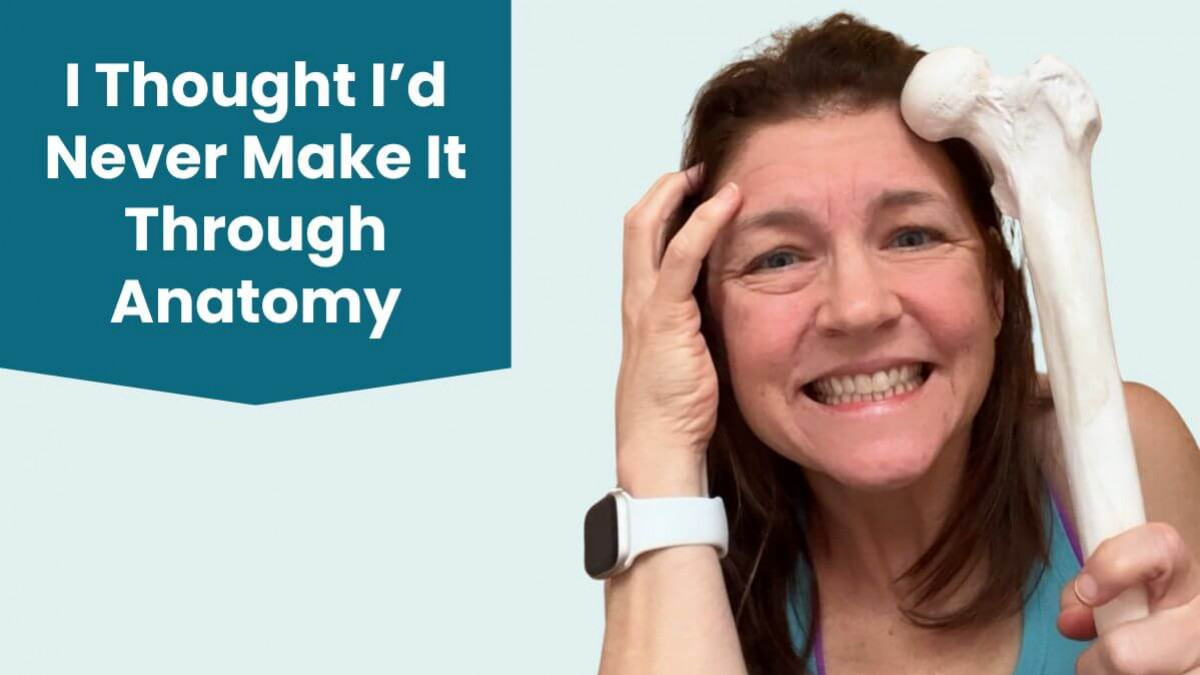
The Story of Dr. Trish Corley's Struggle with Anatomy
.
Let me tell you a little story about learning anatomy…
.
I almost failed out of my doctorate program. Countless hours cramming for anatomy exams and I almost didn’t graduate!
.
That's right. My first year of physical therapy school was a near disaster, all because of anatomy. I spent hours of studying cadavers at Harvard Medical School, I stared at various anatomy books for what seemed liked weeks at a time. Flash cards were always with me. I stressed over spreadsheets full of what seemed a foreign language; and I barely got by.
.
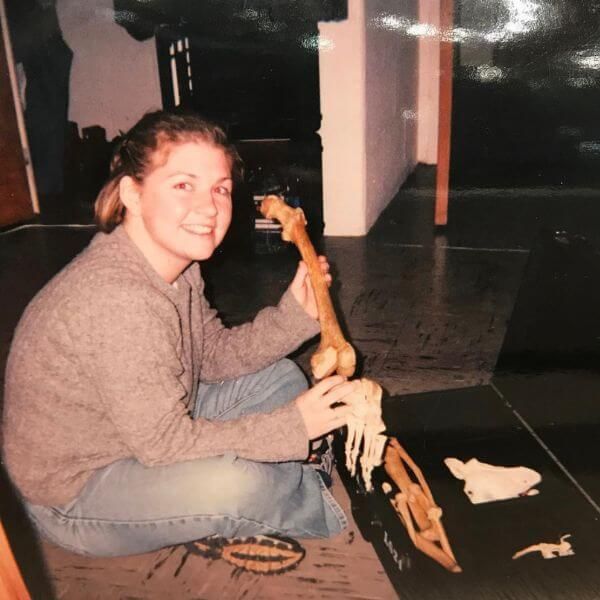
.
My career that hadn't even started seemed like it was already over in my first year of physical therapy school. And my risk of failing out of school was all because I couldn't seem to figure out how to learn anatomy. I lost a lot of sleep and hated it. Nothing says stress to a student like nightmares of lists of muscles and innervations!
.
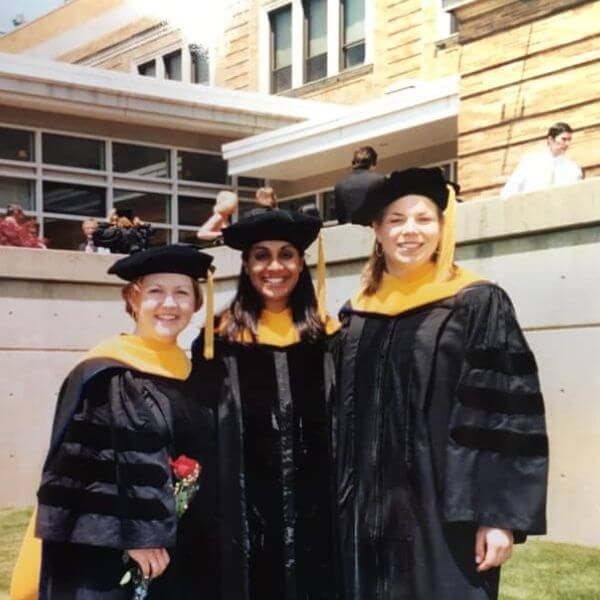
I scraped by my anatomy classes and graduated with a doctorate degree in Physical Therapy in 2003.
.
No, that's not the happy ending... there's a bit more.
.
After 7 years of clinical practice, I became the director of the Physical Therapist Assistant Program at San Jacinto College in Houston Texas...and with that I was also appointed as the professor of PTHA 113 Functional Anatomy.
.
Oh Shit! I barely got by in physical therapy school...how can I teach anatomy to these future clinicians?
.
After so much struggle learning anatomy, I knew that the way I was taught did not work and so I shifted gears. I looked at what students needed to know in order to help people move better. I discouraged memorization and encouraged practical knowledge and ensured they could apply anatomy to movement.
.
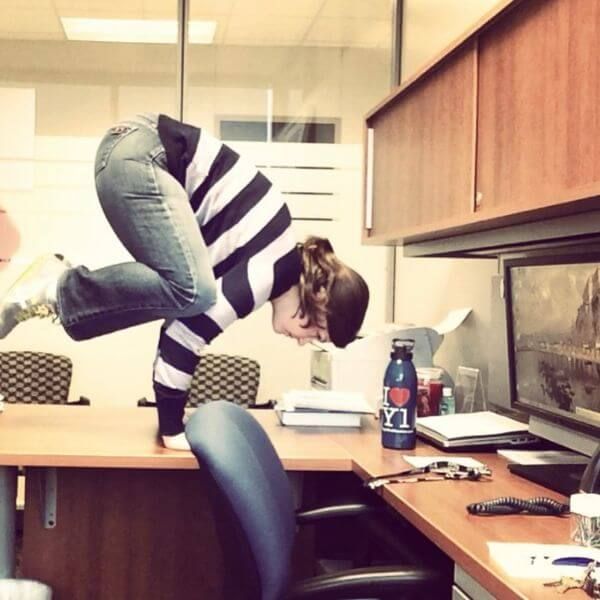
Of course when you teach something you learn it. I was amazed by how much I learned with a new approach.
.
[If you are currently studying anatomy and have a spread sheet or flash cards with nothing but the names of the muscles, origins, insertions, actions, and innervations - throw them out right now!!!]
.
Perhaps the happy ending was that my love for anatomy was restored and was put to use to educate future physical therapy clinicians!
.
…but I think there’s more to this story that’s worth reading.
.
During my first year as an anatomy professor, I completed my first 200 hour yoga teacher training. [I wanted to learn more about yoga. I did not want to teach yoga. You can see how that worked out!] Still pretty new to yoga, I learned so much in that training and I was so excited for the anatomy part. I really wanted to see how yoga teachers approach anatomy.
.
And then I saw it…a list of muscles with their actions. Oh Shit! Not only was it boring, it was useless. I watched as the content floated right over the heads of the other yoga teachers in training. The box was checked for the anatomy component and we moved on.
.
I got curious. Was this how the anatomy in most 200 hour yoga teacher trainings was? Unfortunately, the answer was yes.
.
This is where the happy ending begins!
.
There just had to be a better way! My teachers were leading top notch trainings and had so much to offer…except in the realm of anatomy. We made a good team and the following training I was leading the anatomy! Yoga teachers in training were moving their bodies and learning anatomy on the mat. The trainings were very hands on, fun, integrative, and practical! And the best part was that they were actually learning and applying anatomy to yoga!
.
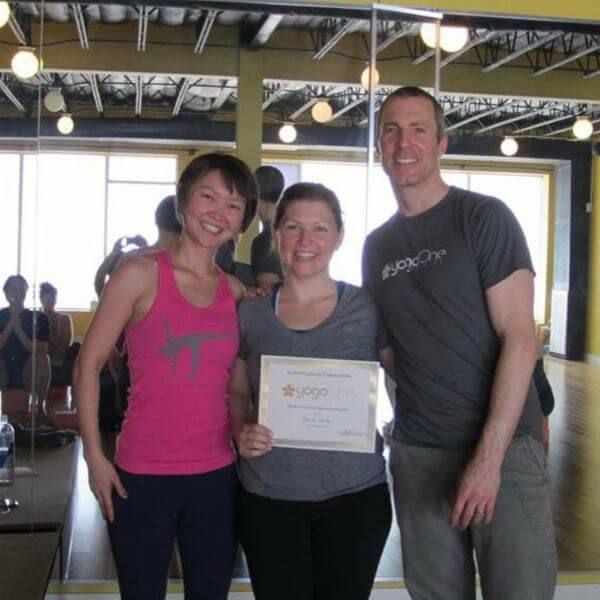
.
Too many yoga teachers tell me they struggle with anatomy. And I get it. The issue is that most people don’t know HOW to learn anatomy.
.
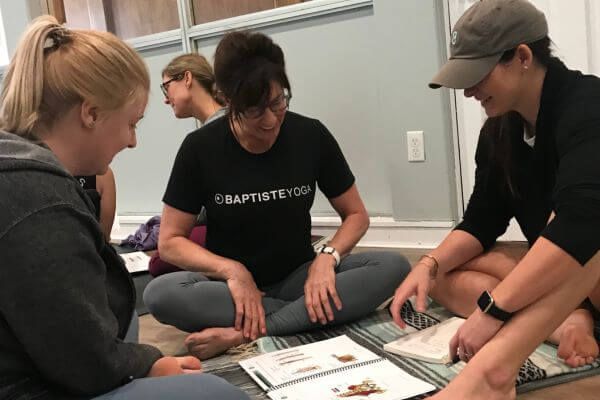
.
It took me years to figure out how to learn anatomy.
It does not need to take you years. In fact, you can get started right now.
.
At the Yoga Anatomy School, we use a simple framework called Balanced Posture to learn anatomy. The foundation of this framework is a set of 16 Anatomy Informed Cues.
.
The framework has you learn the cue and the anatomy behind it. It’s that simple. Learn the cues. Understand the anatomy and biomechanics that support the cue. And then feel confident using the cues to teach because you know the why behind the cues!
.
No stress, no long hours, no spreadsheets, and no more feeling like it’s over your head!
Want the 16 Anatomy Informed Cues? Here they are!
.
.

.

If you're eager to expand your toolkit of anatomy cues, grab the Free Yoga Teachers Cheat Sheet: 16 Anatomy Informed Cues to Use Right Now. It's packed with anatomy informed cues that I have refined using my twenty+ years experience as a doctor of physical therapy, an anatomy professor, and a yoga teacher.
These are the exact cues I use in my yoga anatomy courses and yoga teacher trainings to ensure teachers are confident with teaching anatomy informed yoga!
Go from “I can’t learn anatomy” to teaching anatomy informed yoga classes. Your students will not only feel safe, but excited to learn from you and keep coming back!
Categories: : Yoga Anatomy
I have read and agree to the terms & conditions.
 Trish Corley
Trish Corley 



